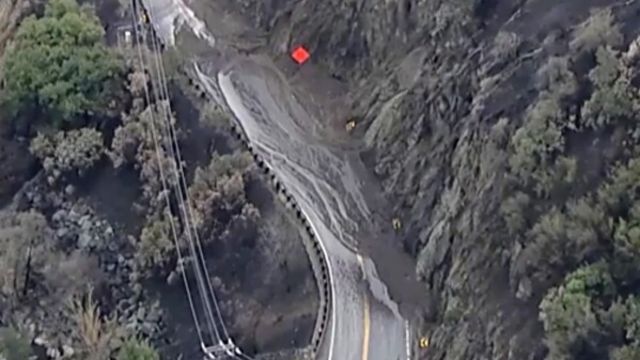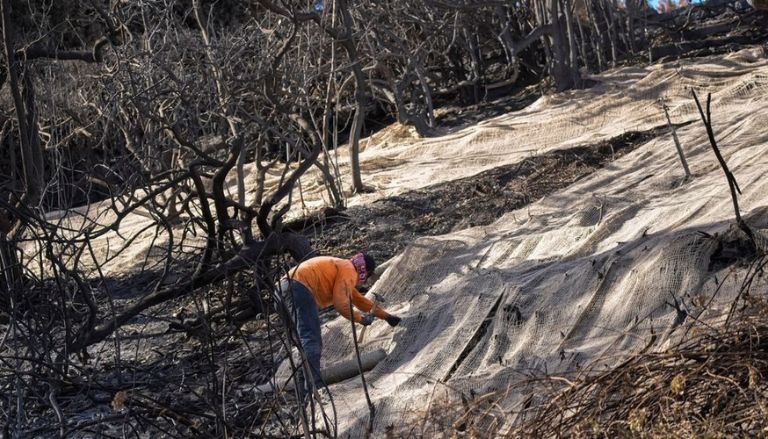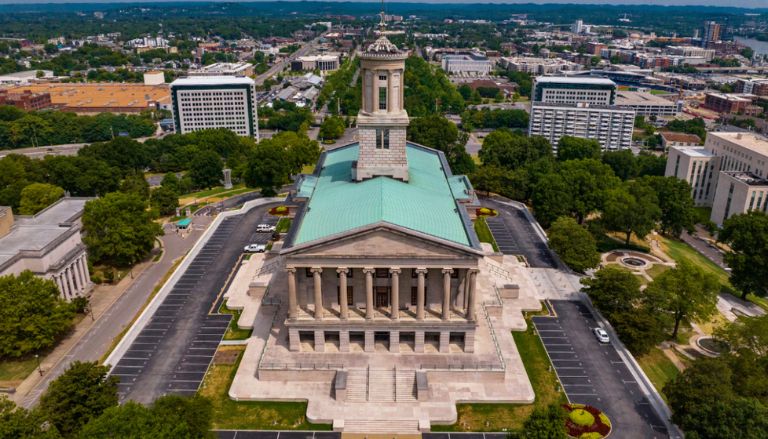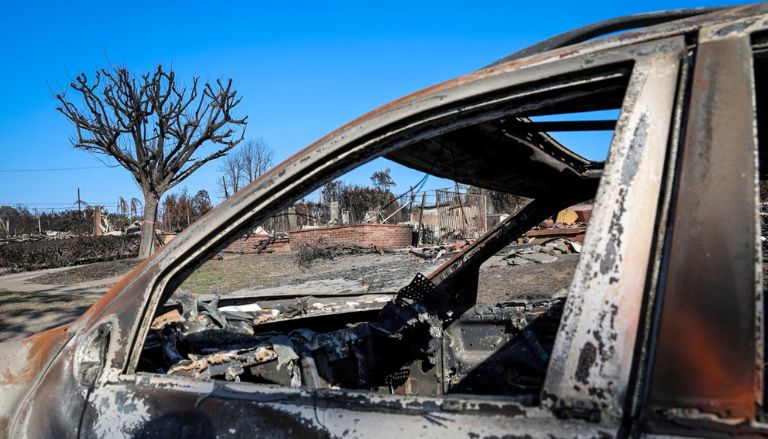Los Angeles — More rain fell on parts of Southern California on Monday after it caused mudflows over the weekend. This rain helped firemen, but it also increased the risk of toxic ash washing away in areas affected by wildfires around Los Angeles.
Flood watches were issued for places affected by recent fires near Pacific Palisades, Altadena, and Castaic Lake, according to Joe Sirard, a meteorologist with the National Weather Service in Oxnard.
“All these new burns can quickly lead to runoff,” Sirard said, cautioning that even a little bit of rain in just a few minutes could cause problems. “This means there is a significant risk of mud and debris flows when we go beyond those limits.”
Los Angeles International Airport recorded almost an inch of rain (2.5 centimeters) within a 24-hour timeframe that ended at 3 a.m. On Monday, the National Oceanic and Atmospheric Administration announced. Nearby places reported smaller amounts.
The four Malibu schools in the Santa Monica-Malibu Unified School District were closed on Monday because of unsafe road conditions and difficulties getting to the schools, according to a post by school officials.
Part of the Pacific Coast Highway in Los Angeles County was stopped on Sunday afternoon because of mudflows in Topanga Canyon, according to the California Department of Transportation. There was a lot of snow in the mountains of San Bernardino and Riverside counties.
One advantage of the rain is that it can help firemen control several wildfires after a long time of dry and windy conditions.
Last week, teams in Los Angeles County worked hard to remove plants, strengthen slopes, and repair roads in areas damaged by the Palisades and Eaton fires. These fires destroyed whole neighborhoods after starting during strong winds on January 7.
The Palisades Fire, which was the biggest fire that burned thousands of houses and killed at least 11 people, is now 94% contained as of Monday. The Eaton Fire near Altadena has killed at least 16 people and is now 98% controlled.
The Hughes Fire started last week north of Los Angeles and led to evacuation orders or threats for over 50,000 people. As of Monday morning, the fire was 95% under control.
In San Diego County, firemen are making progress in controlling the smaller Border 2 Fire, which is burning in a remote part of the Otay Mountain Wilderness near the U.S.-Mexico border.
The weather prediction said most areas would receive around an inch of rain over a few days. However, the weather service also warned that there is a chance of heavy rain in certain spots, which could lead to mud and debris sliding down hills.
Meteorologist Carol Smith said on social media, “The issue arises if one of those showers sits over a burned area.” “That might be enough to cause debris flows.”
Last week, Los Angeles Mayor Karen Bass signed an order to speed up cleaning efforts and reduce the environmental damage caused by fire pollutants. LA County supervisors accepted an emergency plan to set up flood-control systems and quickly clear out sediment in areas affected by fires.

Fire teams made sandbags for local areas, while county workers put up barriers and cleaned out drainage pipes and basins.
Officials warned that the ash from recent fires contains harmful materials from burnt cars, electronics, batteries, building materials, paints, furniture, and other household items. It has chemicals, asbestos, plastic, and lead in it. Residents were encouraged to wear safety gear while cleaning up.
Worries about mudslides after fires have increased since 2018, when the town of Montecito, near Los Angeles, was hit hard by mudslides following heavy rain on its burned mountains. Many homes were wrecked and 23 people lost their lives.
The rain snapped a near-record streak of dry weather for Southern California. Most of Southern California is currently experiencing either “extreme drought” or “severe drought,” as reported by the U.S. Drought Monitor.







Leave a Comment